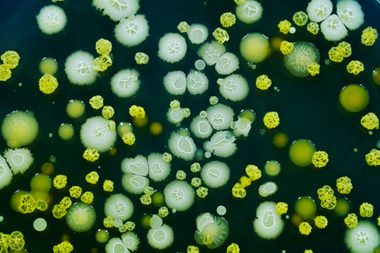
Five pounds
“Human bodies carry more than 100 trillion bacteria of single celled organisms—up to five pounds-worth!” exclaims Jill Taft, founder of Logic Products. While we typically associate germs like bacteria with something bad, this isn’t always the case. In fact, exposure to germs is not only necessary to develop a strong immune system, it’s essential for brain function. The next time you practice the five-second rule, eat with a clean conscience!
Many of the bacteria we rely on are so important that food manufacturers are now starting to launch more and more germ-enriched foods, like probiotic-enhanced drinks and snacks. The following list are all bugs you can consider friends. This is how a healthy gut microbiome could add years to your life.
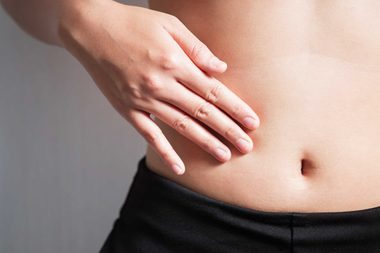
Digestive aid
Having a diverse, robust mix of gut bacteria is crucial, which is why probiotic-rich foods (think fermented foods and Greek yogurt) are often in the spotlight—they boost good bacteria. Not only does gut bacteria help keep our digestion working optimally, but it’s linked with heart health. Research has shown that patients with heart failure were often missing a number of important groups of bacteria and that overall the bacteria found in the gut of sick patients wasn’t as diverse. Clearly probiotics are a key to overall health, so make sure you know the 10 incredible health benefits of probiotics that aren’t just limited to digestion!
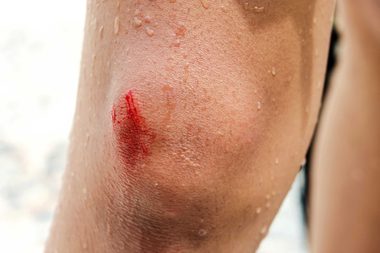
Wound repair
“Microflora—bacteria and microscopic algae and fungi—are normal bacteria living on our skin’s surface, which are believed to help prevent excessive inflammation after injury and helps repair wounds,” says Taft. Nutritionist Vanessa Rissetto adds that research has suggested that in the gut and lungs microflora aids in immunity. Here’s how you can tell if you have a healthy gut.
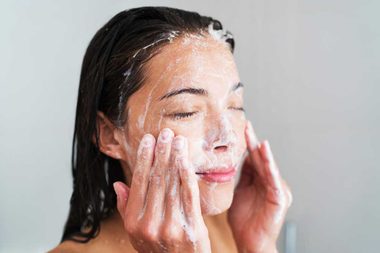
Skin saver
There are a lot of different types of bacteria found on the skin, most of which are harmless. “Staphylococcal epidermis is one such good bacteria that can help prevent bacterial infections from occurring by protecting the surface area of the skin from outside bacterium,” says dermatologist and founder of Dermwarehouse, Alan Parks, MD. “This good bacteria will help to protect you from skin conditions like dermatitis, acne, and rosacea.”

Vitamin source
You probably didn’t think you’d see escherichia coli on this list, but some strains actually hold therapeutic value. “Among the beneficial things you’ll find in the body are certain strains of E. coli in our digestive tracts, which help control and keep dangerous bacteria at bay, and produce K and B complex vitamins, which the human body is unable to manufacture enough of on its own,” says Taft. Don’t miss the places where germs are hiding in your home.

Immune booster
Lactobacillus reuteri is found in human breast milk and seems to be responsible for some of the immune-supportive and anti-gas effects associated with breastfeeding; this bacterium is also said to be anti-inflammatory, promote sex appeal, and fight pain. Keep an eye out for the 13 signs your microbiome could be in trouble.
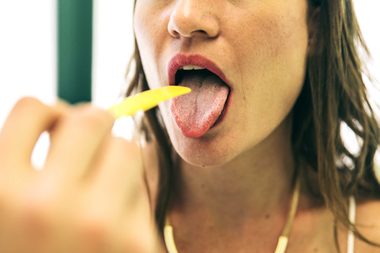
Battles staph and strep
Pseudomonas aeruginosa is an example of bacteria that can be good and bad. “It can turn into a pathogen and cause disease if it gains entry into the blood system where it can result in infections in bone, joint, gastrointestinal, and respiratory systems,” says Rissetto. “However, pseudomonas aeruginosa produces antimicrobial substances such as pseudomonic acid, which can work against staph and strep infections.” She also underlines that it produces substances that inhibit the growth of different kinds of fungi. “In fact, so important are its anti-microbial actions that it has been noted that removing P. aeruginosa from the skin, through use of oral or topical antibiotics, may inversely allow for aberrant yeast colonization and infection.”
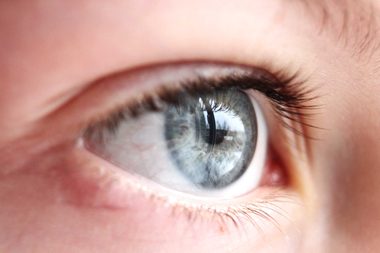
Sight solution
No one loves tears, but they play an incredibly important role when it comes to maintaining eye health. For one, they’re loaded with anti-microbials meaning they help keep the surface of our eyes free from microbes. There is however one kind of microbe that is resistant, and it’s a good thing. Research has revealed that corynebacterium mastitidis could not only survive on mice eyes’ surface, but “could fend off invading pathogenic microbes better than mice without it.” Aside from the good germs on your body, these are the cleaning mistakes that leave your house germy.
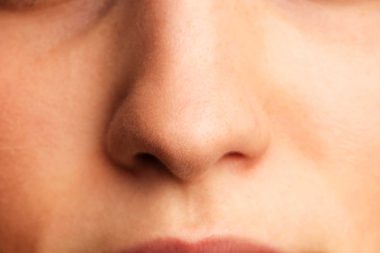
A quiet friend
Klebsiella is commonly found living in noses, mouths, vaginas, and most prevalently in human intestines. In general, it’s part of a healthy body. That said, in some cases the bacteria can spread and cause infection including pneumonia and meningitis. This isn’t something that usually happens to healthy people, however.
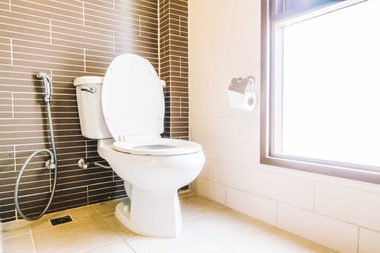
Bowel soother
Bifidobacterium animalis is found in the gut and plays an important role in improving digestion. So important, in fact, that people with irritable bowel syndrome or chronic constipation are often given supplements. These are the 12 everyday items that are germier than your toilet seat.
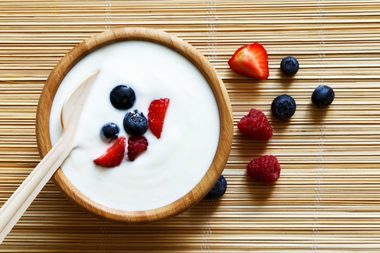
Guards your gut—and parts south
If you know one health promoting probiotic it’s probably lactobaccilu acidophilus. According to research, this bacteria is not only key for a healthy gut, but helpful in treating and preventing bacterial vaginosis. Next time you’re at the supermarket, load up on foods with strains of lactobaccilu acidophilus.
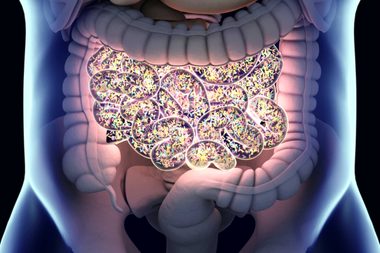
Intestinal fortitude
Lactobacillus rhamnosus, another gut bacteria, has been, according to the Indian Journal of Medical Microbiology, proven to be beneficial in helping to treat intestinal immunity. Take a look at this guide that can help you determine if you need a probiotic.
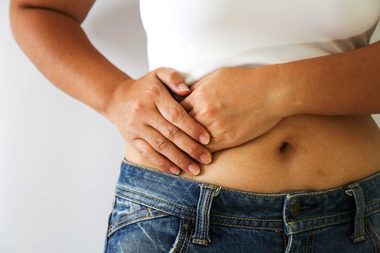
Emergency response
Some bacteria, like bifidobacterium bifidum, a probiotic, become beneficial in the presence of dangerous bacteria. For example, if you have helicobacter pylori in your stomach, you are at increased risk for stomach ulcers. Research published in Applied and Environmental Microbiology showed that a particular strain of the bifidobacterium bifidum can help repair stomach ulcers caused by helicobacter pylori. These are the surprising things your microbiome can reveal about you!
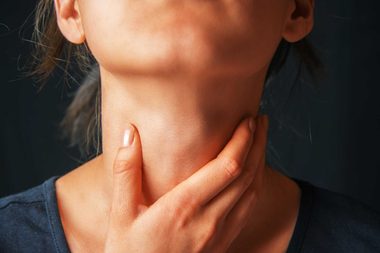
Throat coat
Viridans streptococci is a microbe present in the throat. What makes this microbe so great is that they’re harmless, but thrive easily taking so much space that they mitigate the chance of harmful bacteria colonizing.
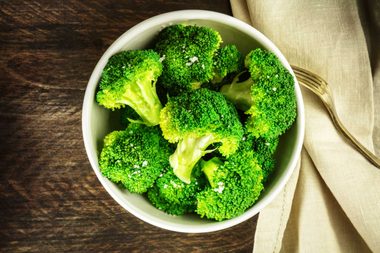
Mean green digestion machine
Bacteroides thetaiotamicron is found in the GI tract, and works to help break down healthy plant food molecules—key for digesting all those healthy greens you’re adding to your diet. Next, learn about the bad germ-spreading habits you need to stop right now.
